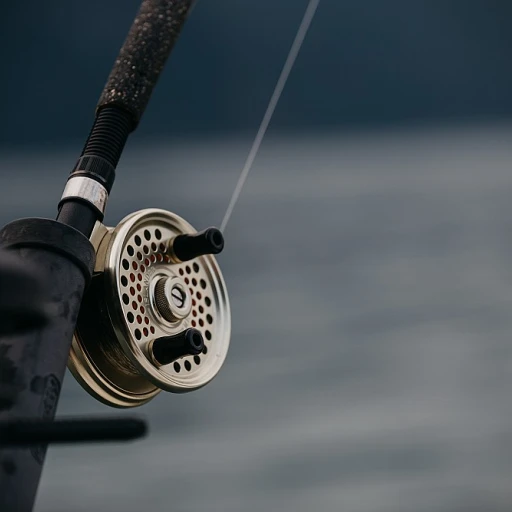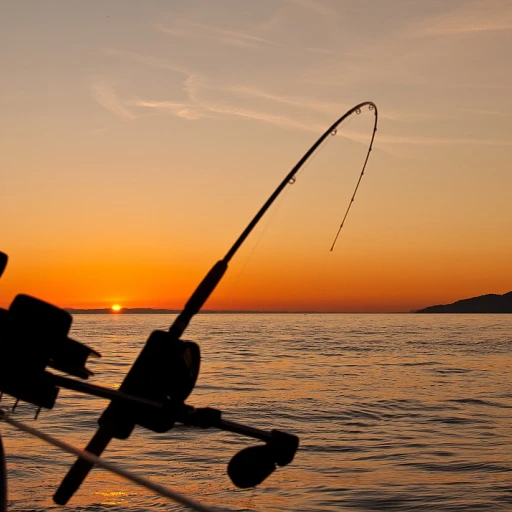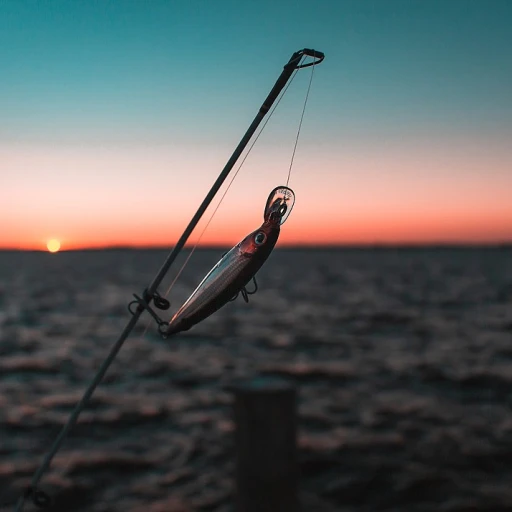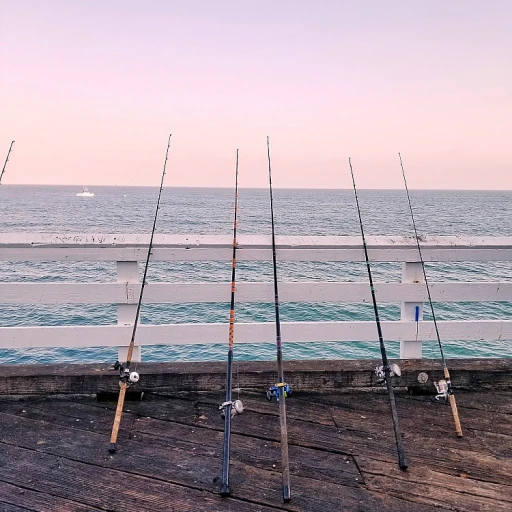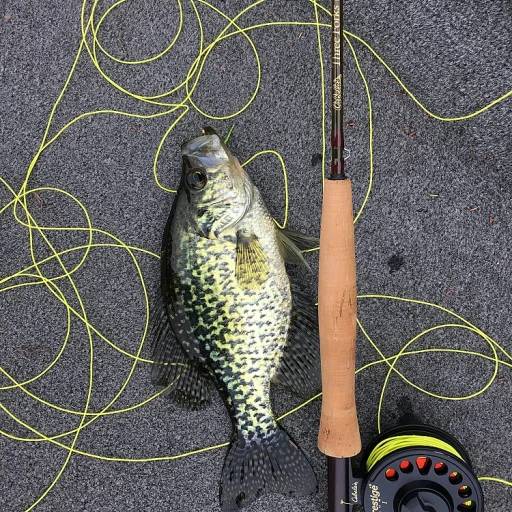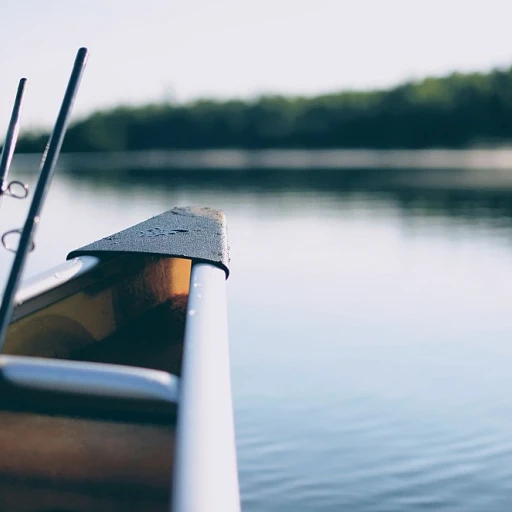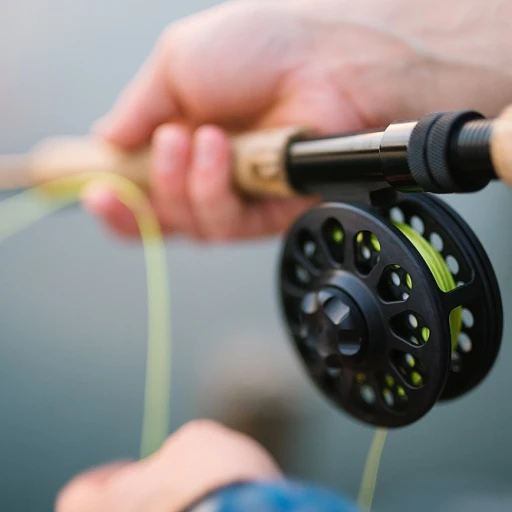
Understanding the Importance of a Depth Finder
Why Investing in a Depth Finder is Crucial
The serenity of being out on your pontoon boat, coupled with the thrill of anticipating the next big catch, is unparalleled. However, a crucial component to enhancing this experience is understanding the significance of a depth finder. This device is indispensable for those keen on making the most of their fishing expeditions. It helps you identify the depth of the water under your pontoon, an essential factor in locating fish and avoiding hazards.
When navigating waters that might have hidden rocks or shallow depths, a depth finder can prevent damage to the hull and help you safely steer the boat. In conjunction with finders depth technology from brands like Garmin and Humminbird, these products provide clarity and a comprehensive view of underwater terrain.
Understanding the benefits of these devices goes beyond just safety. Many advanced models available in the market can integrate with fish finders, offering a full view of not only the depth but also where fish congregate. This integration is facilitated by reliable transducers and comes with various mounting options, including boat mount and transom mount, making it versatile for different kinds of pontoon boats.
When choosing a depth finder, factors such as price, reviews, and key features like the unit’s compatibility with your boat and the transducer type are essential to consider. These products serve as both depth sounders and navigation aids, often becoming essential companions on every fishing trip. In essence, a depth finder transforms your fishing process from mere estimation to a quick view precision-based approach.
To fully harness the potential of your pontoon boat, a depth finder is as essential as having quality fishing gear. It not only enhances safety but also significantly improves your overall fishing experience by efficiently guiding you to the best fishing spots.
Key Features to Look for in a Pontoon Depth Finder
A Closer Look at Essential Features
When selecting a depth finder for your pontoon boat, it's important to consider several key features to enhance your experience and ensure you make the right choice for your fishing needs. These features can significantly impact the performance of the unit, providing you with accurate and useful depth information.
- Transducer Type: The transducer is the heart of your depth finder and selecting the right type is crucial. Options include transom mount, trolling motor mount, and hull transducer. Each provides different levels of ease for installation and effectiveness depending on your boat setup.
- Display Clarity: A depth finder's display clarity and size impact your ability to quickly interpret the data. Look for units that offer clear, easy-to-read displays – options such as those found in the Garmin Striker Series or Humminbird Helix are highly rated.
- Dual Beam Technology: This feature enhances your depth and fish detection capabilities. It allows the device to cover a larger area, increasing the probability of spotting fish and monitoring water depth.
- Portability and Mounting: Depending on your pontoon boat's design, consider whether a transom mount or boat mount is more suitable. Some models like those from Hawkeye offer quick-install features, making them more user-friendly.
- Price Considerations: Keep in mind your budget when selecting a product. While higher-priced models often offer enhanced features and accuracy, there are reliable options at different price points to suit most recreational needs.
When investing in a quality depth finder for your pontoon, understanding these features will guide your decision-making process, maximizing the effectiveness of your depth sounder. This ensures you enjoy productive days on the water, whether you're pursuing a particular species of fish or simply aiming to navigate safely.
For additional insights on helpful accessories for your boat, read more on this page.
Top Depth Finder Models for Pontoons
Popular Depth Finders for Your Pontoon
Choosing the right depth finder for your pontoon boat can make a significant difference in your overall fishing experience. With so many options available, it's crucial to pick a model that fits your unique needs and budget. Here are some top contenders:- Humminbird Helix Series: Known for its high-resolution display and exceptional clarity, the Humminbird Helix offers a clear view of the water and fish below. The transducer provides accurate readings, making it a favorite among many avid anglers. Whether you're targeting freshwater or saltwater species, the Helix is a reliable choice.
- Garmin Striker Vivid: This model is celebrated for its user-friendly interface and robust features. The Garmin Striker series, especially the Vivid, is designed with a boat mount and transom mount options, allowing easy integration into your pontoon setup. Its quick view capability ensures you never miss important details on your fishing trips.
- HawkEye Fish Finders: If you're seeking a budget-friendly option that doesn't compromise on quality, HawkEye offers excellent units. These depth sounders are compact yet packed with essential features for day-to-day fishing excursions.
Installation Tips for Your Pontoon Depth Finder
Setting Up Your Depth Finder with the Right Mount
Getting your depth finder up and running on your pontoon starts with choosing the right mount for your transducer. Depending on your boat setup and the specific product, you have several options: transom mount, hull transducer placement, or a trolling motor attachment. Consider the compatibility of each mount type with your unit and ensure optimal placement for accurate readings.
Step-by-Step Installation Guide
- Gather the Necessary Tools: Before you begin, make sure you have all required tools, such as drill bits, screws, and marine-grade adhesive. Check the depth sounder's product manual for specifics.
- Choosing the Placement: For a transom mount, find a spot on the pontoon boat's hull that avoids interference from props and offers a clear path for the depth signal. With a trolling motor mount, ensure the finder is above water level when not in use.
- Mounting the Transducer: Secure the transducer using provided brackets or mounts, taking care to follow alignment instructions for a precise view of the water depth.
Connecting the Unit and Testing
After mounting, connect the transducer to the fish finder unit—usually, this step is straightforward as most products come with user-friendly connectors. Power up the device and perform a quick calibration by moving through familiar waters and checking readings against known depths.
Securing the Perfect Vantage Point
Consider the mounting of the depth finder display unit. Many favor a place in direct line of sight for easy monitoring during fishing trips. Whether using a boat mount on the steering console or elsewhere, ensure it does not obstruct your view or movement on the pontoon.
Maximizing the Use of Your Depth Finder
Unlocking the Full Potential of Your Depth Finder
Understanding the ins and outs of a depth finder can significantly enhance your pontoon fishing experience. These devices offer insights that allow you to navigate waters and locate schools of fish with greater ease. Here's how you can make the most of your investment.- Experiment with Settings: Most depth finders, including popular models like the Garmin Striker or Humminbird Helix, allow you to tweak sensitivity and display settings. Spend some time adjusting these settings to suit your fishing environment. A quick view of water depth and fish presence becomes more efficient when you're familiar with your unit's capabilities.
- Transducer Positioning: Make sure the transducer is mounted correctly. Whether you use a transom mount or hull transducer, correct positioning ensures accurate readings. A poorly mounted transducer can result in erratic depth readings or missed fish detections.
- Regular Calibration: Take advantage of your finders' software updates and regularly calibrate your unit. Doing so ensures that your fish finder performs optimally, providing accurate data each time you're on the water.
- Charts and Maps Integration: Many advanced depth finders come with integrated maps and GPS. Use these features to your advantage. Not only do they help in precise navigation, but they also track your fishing spots and structure underwater.
- Battery Management: Keep an eye on the depth finder's power supply. Ensure that the battery is charged and connections are secure. This practice can prevent unexpected interruptions during your fishing adventures.
- Day and Night Modes: Familiarize yourself with both displays if your depth finder offers day and night modes. The right mode can enhance visibility, making it easier to read data regardless of sunlight conditions.
Common Mistakes to Avoid with Pontoon Depth Finders
Avoiding Common Pitfalls with Your Depth Finder
Purchasing the ideal depth finder is just the start. However, several common mistakes can undermine the efficiency and accuracy of your device on your pontoon boat. Here's how to navigate around them:- Incorrect Transducer Mounting: Whether it's a transom mount or a hull transducer, placing it in the wrong position can thwart accurate readings. Ensure the mount is secure and below the waterline to avoid air-water interference.
- Ignoring User Manuals: Each unit, from Garmin to Humminbird, comes with specific guidelines. Reading the user manual thoroughly, especially for advanced models like the Garmin Striker Vivid or Humminbird Helix, will save you troubleshooting headaches in the future.
- Overlooking Regular Calibration: Maintaining calibration is crucial for reliable depth and fish readings. Many boaters overlook this step, leading to distorted measurements.
- Neglecting Firmware Updates: Manufacturers often release updates that improve the functionality and performance of depth finders. Regularly check for updates to get the most out of your product.
- Setting Incorrect Sensitivity Levels: Adjusting sensitivity levels based on water conditions will control how much detail your finder picks up. Too high, and you might be overwhelmed with information; too low, and you might miss crucial data.
- Bargain Hunting at the Expense of Quality: While the price is a consideration, skimping on features essential to your fishing habits could lead to a less satisfying experience. Reviews and expert recommendations can guide you to the best product for your needs and budget.

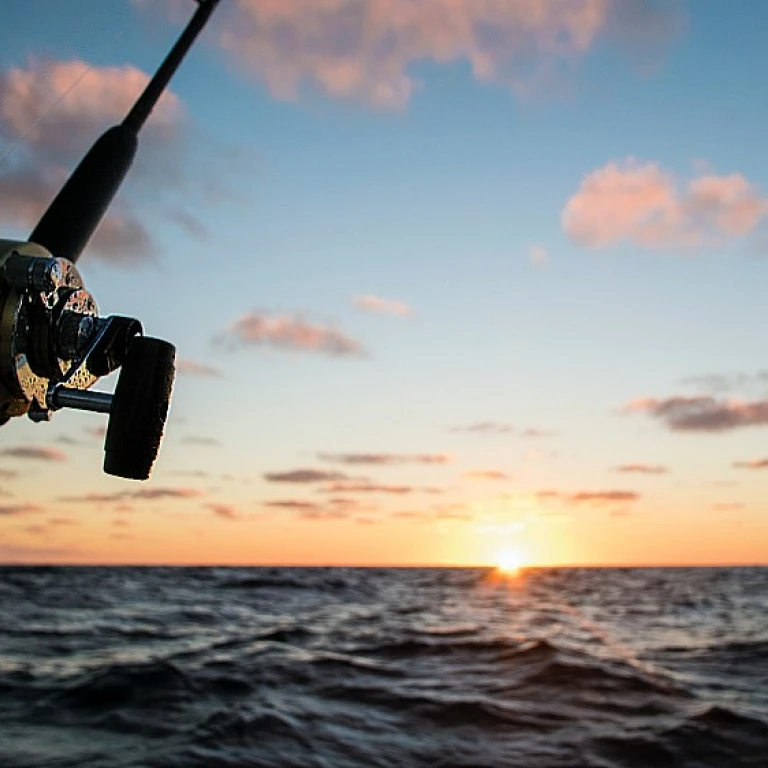
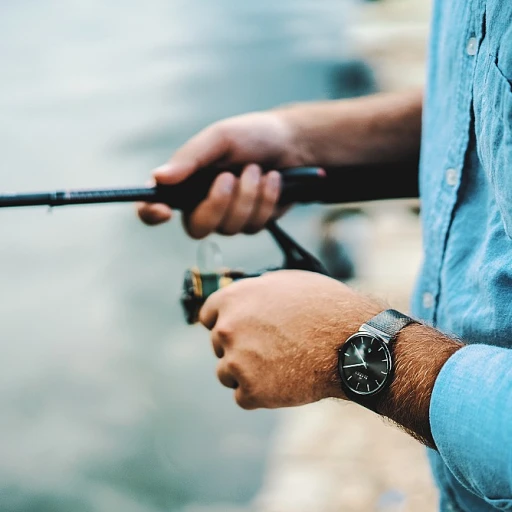
-large-teaser.webp)
